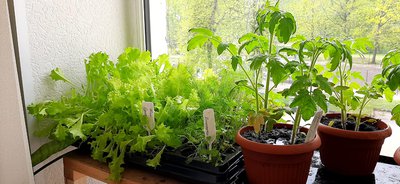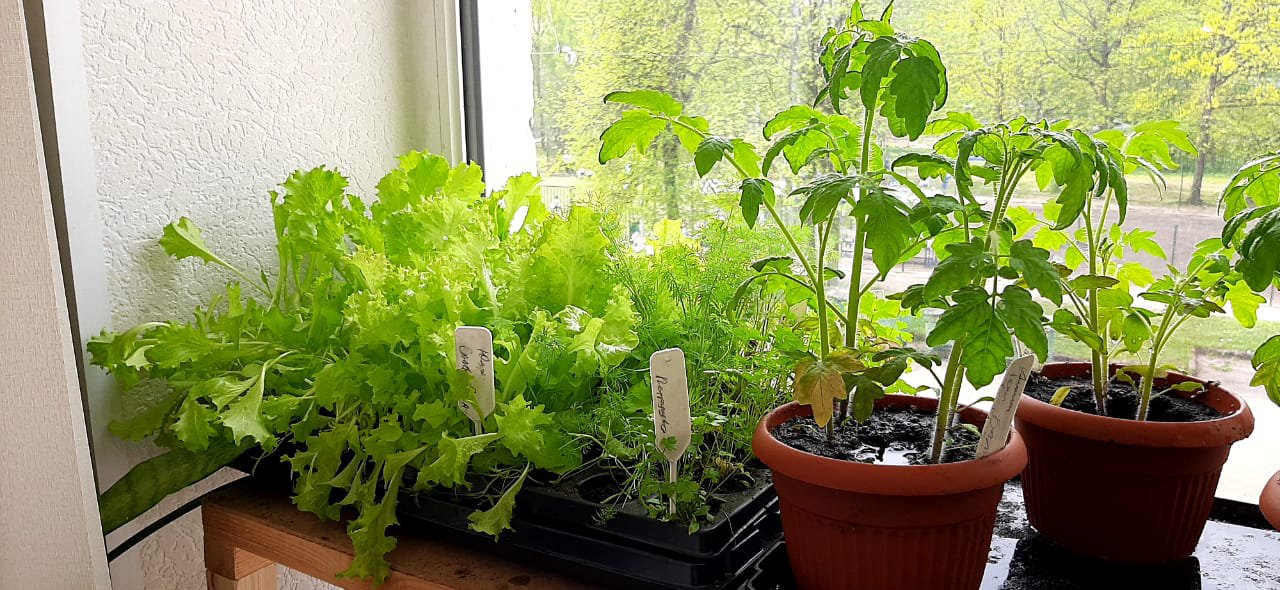Necessary Steps
- Introduce school gardening into the curriculum with teachers who are interested and involved in sustainability education, particularly those with a focus on food.
- Teaching about plant-based food systems helps build up a conceptual basis for sustainable food production and consumption through school gardening.
- Plan the gardening, outlining plants, growing sites, and methods to be used inside the premises. (Growing outside the premises is also possible, but wintertime maintenance must be taken into account).
- Obtaining supplies such as containers and seeds for growing plants on the premises may require school funding.
- Young people can choose what kind of crops/ seeds/ greens they would like to grow. Suitable plants include; sunflower and mustard from oilseed crops, green and black mung beans, chickpeas, beans, soya beans, lentils, peas, peas and lucerne, onion, garlic, celery, broccoli, watercress salad, red cabbage, dill, parsley, cilantro (coriander), and sorrel.
- It may be more interesting to use a range of different growing methods, such as hydroponics, jute mats (or similar) for microgreens, simple box hydroponics for green sprouts, as well as soil seedlings for green and vegetable crops.
- Tasking young people with recording and reporting about their plant growing is a pragmatic exercise which can help increase their enthusiasm for learning about sustainable food systems.
- The harvested plant material can be combined with tool: Culinary workshops: Grow, Cook, Eat.
More Issues To Consider
- School gardening offers a unique way to combine conceptual and pragmatic education.
- It invites and enables strong collaboration between teachers and other school personnel.
- It may also create more work for personnel and incur costs.
- To make it easier, school gardening can be started with a modest number of plants and simple growing methods, and expanded later with the accumulation of experience.

